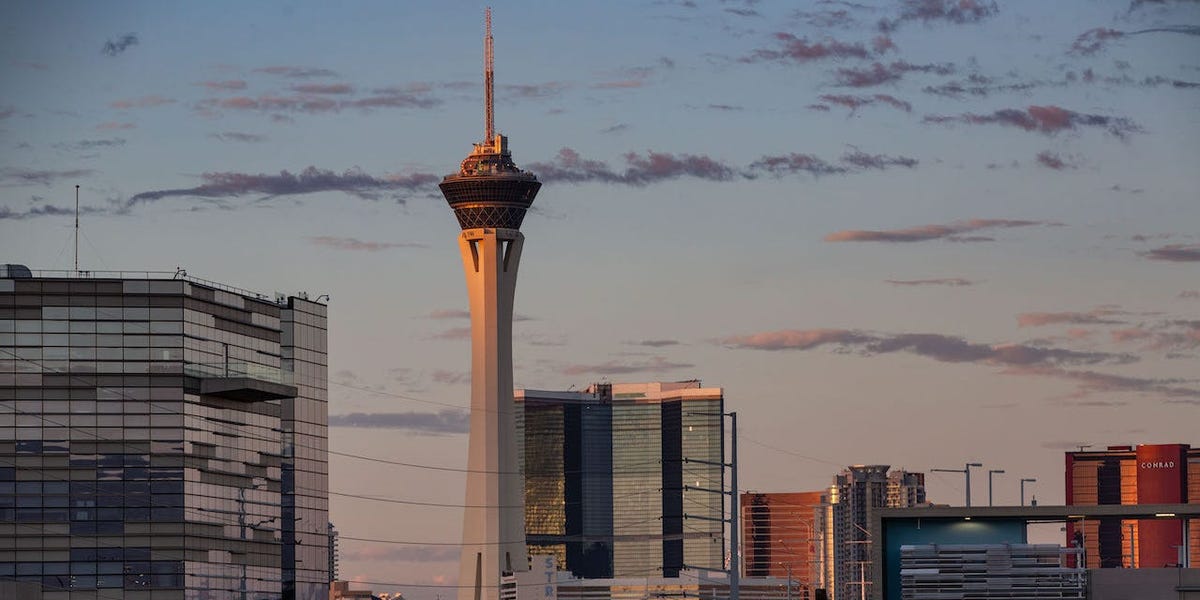
As remote work cements its grip on the white-collar workforce, North American downtowns are working to fight off a downward spiral.Many are attempting the transition from office-only districts to mixed-use neighborhoods with new residents and businesses. But breathing new life into areas dominated by half-empty office buildings is proving challenging.The largest North American downtowns have generally seen a gradual uptick in foot traffic over the last year, according to a newly updated report from the University of Toronto analyzing anonymized cellphone data.Many cities are working to turn vacant offices into homes, give restaurants and other businesses tax breaks to move downtown, and otherwise turn office districts into vibrant neighborhoods. But it takes time.”Downtowns are going through this painful transformation to 24/7 social districts from being office districts,” said Karen Chapple, the director of the School of Cities at the University of Toronto and the author of the downtown recovery study.
The researchers found that while most cities have seen their office occupancy stagnate, they’ve seen an uptick in nighttime and weekend activity.”You’ve got a really striking picture of many cities where weeknights and weekends are completely back to normal, but the overall recovery rate is being dragged down by the working-hour activity, which is still slow,” Chapple said.Overall, the rate of new downtown activity between March 2023 and February 2024 has slowed and even fallen in some cities. Overall, the median rate of change over the last year was 9.3%, and 50 of the 64 downtowns saw increased activity, the researchers found.”So many of them have just sort of stagnated in their recovery,” Chapple said. The data aligns with office building vacancy rates, she said.The University of Toronto researchers, along with the Institute of Governmental Studies at UC Berkeley, have been analyzing foot traffic since January 2020 to understand how downtowns are coping with the impacts of the pandemic. Chapple said it will likely take years for many downtowns to attract the numbers they had pre-pandemic. Some probably never will.”2022 was a big upswing year,” she said. “And then in 2023, that upswing slowed dramatically, and in 2024 it’s slowing even more because we’ve reached what people are calling the new normal.”Pandemic-induced remote work has exacerbated the decline of many downtowns that were struggling long before COVID-19 hit, and threatens to send many others into a so-called “urban doom loop.” As offices empty and residents leave, experts warn that declines in tax revenue could force the government to cut funding for municipal services, from schools to mass transit.Certain downtowns haven’t seen much progress over the last year. San Francisco, for example, has kept its spot in last place for downtown activity, seeing a 21.6% decline in foot traffic over the last year. But others — including several Midwestern cities that struggled in the last few years — have seen their activity levels tick up. Minneapolis is ranked in first place: the Minnesota city has seen a 45.3% increase in foot traffic since March of last year. Chicago, Louisville, and Cincinnati are also among the top 10 fastest-growing downtowns.






